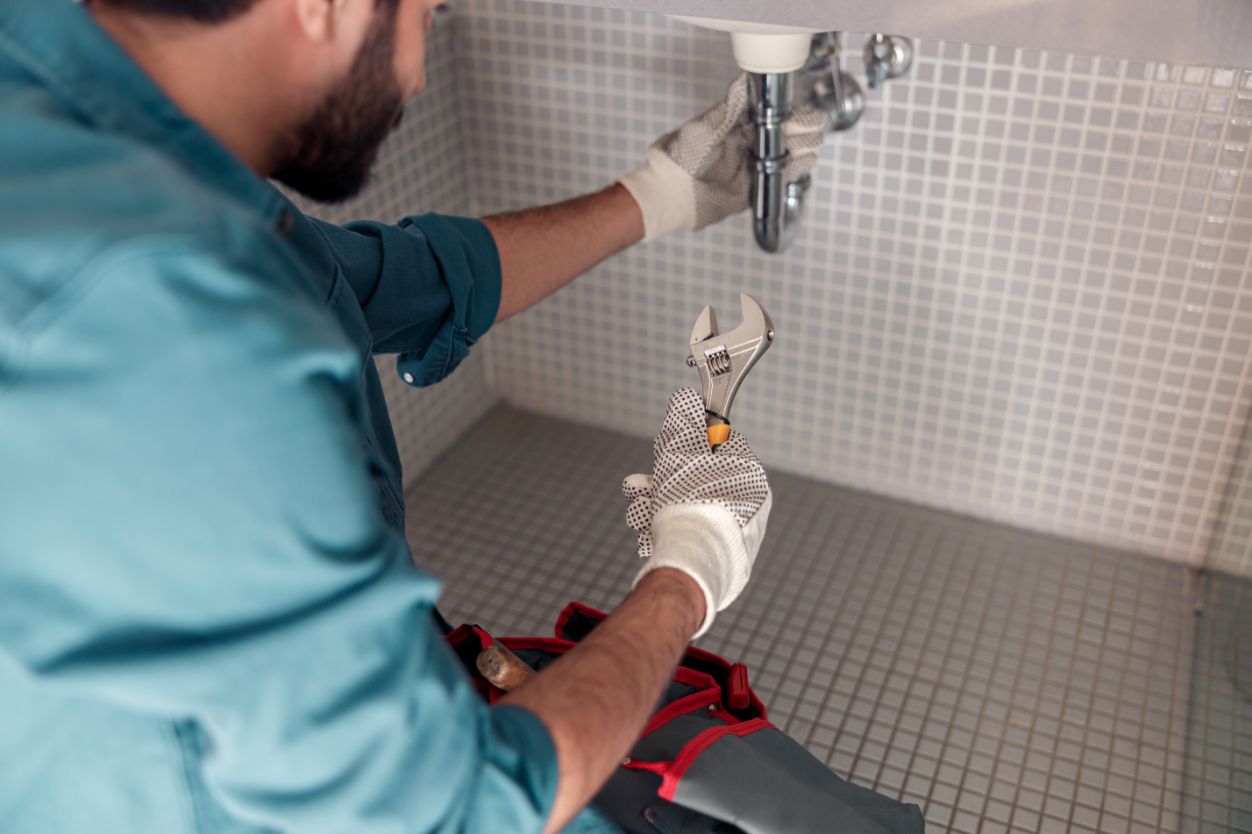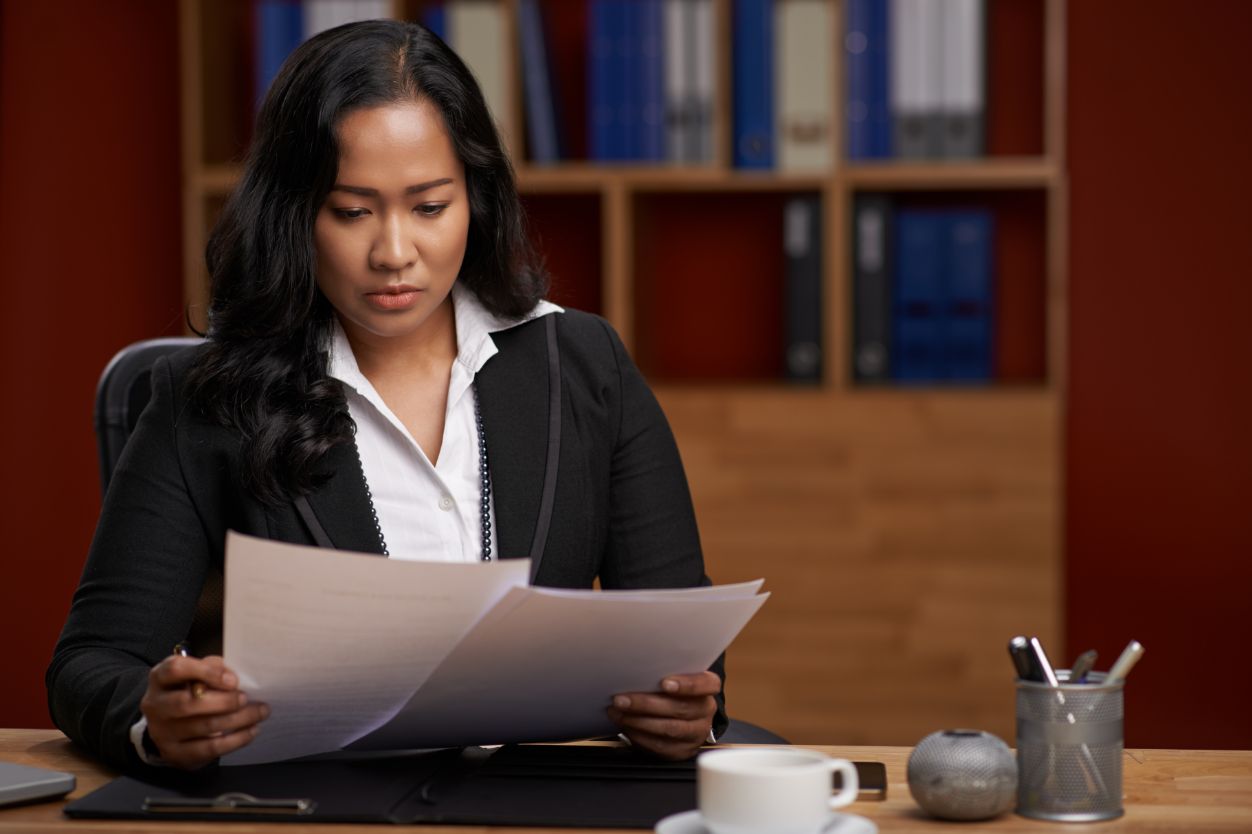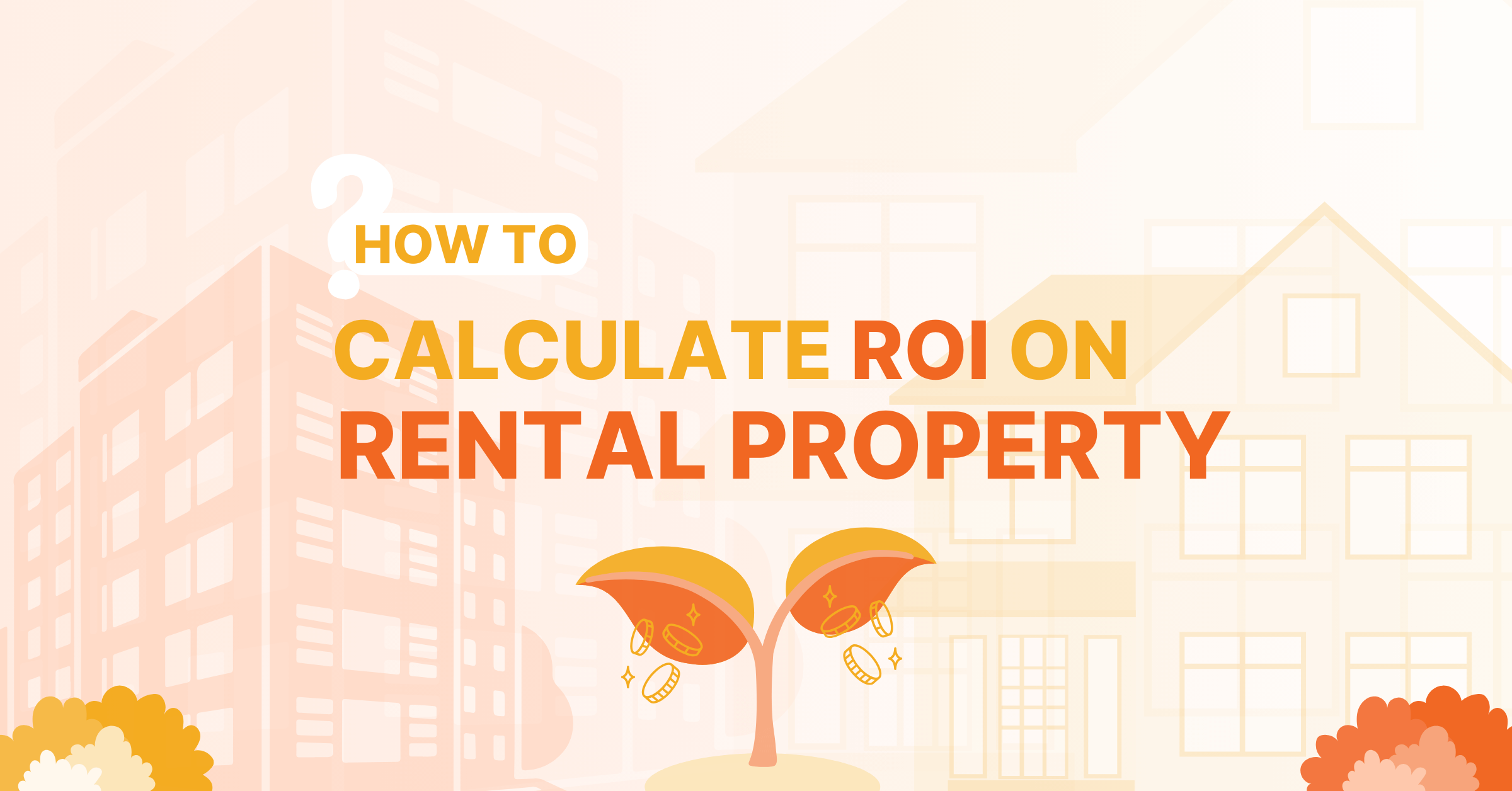Important note: This article is for informational purposes only, as PropStream does not offer investment, tax, or legal advice. We recommend consulting with a financial advisor, tax professional, or lawyer for further assistance.
Closing on a rental property can be exciting and overwhelming at the same time. On the one hand, it means you can start collecting regular rental income and benefiting from the property’s appreciation. On the other hand, it means you must take on new landlord responsibilities regarding your tenants and the property. To avoid making costly mistakes, here are the first ten things you should do after securing a new rental:
1. Know Local Housing Regulations
Hopefully, by the time you close on a rental property, you are already familiar with relevant housing regulations. But if not, now is the time. Start by checking local zoning and building codes to verify that your property is compliant.
For example, building codes may require the property to have smoke and carbon monoxide detectors or accessibility features such as wider doorways and ramps for those with disabilities. Similarly, zoning regulations may require the property to maintain certain occupancy limits or have a certain number of designated parking spaces.
Other housing regulations you should familiarize yourself with include fair housing guidelines and local landlord-tenant laws. These may regulate how you judge rental applications, how much you can charge for a security deposit, or how much notice you must give tenants before entering the property.
It’s important to stay up to date with such regulations because if you accidentally neglect them or purposefully cut corners, you could face serious legal trouble. To learn more about your local housing regulations, consult a legal professional.
2. Do a Property Walkthrough
A property walkthrough lets you inspect the rental, document its condition, and take inventory of any appliances and furniture. Start by taking photos or videos of each room (these can later be used to market the property as well). From there, take note of any damage and look for deferred maintenance items, such as gutters that need to be cleaned or a water heater that needs to be drained.
The main goal of the walkthrough is to verify the condition of the property before accepting new tenants. Later, you can let prospective tenants do their own walkthrough so that they can confirm the property’s condition for themselves. Both parties can then sign off on the state of the rental to avoid future disputes.
3. Resolve Unaddressed Maintenance Issues

Before letting tenants move in, address any needed repairs or maintenance issues. These include problems with the fixtures, doors, electricity, HVAC system, plumbing, landscaping, and more.
Prioritize the repairs by their urgency. For example, a water leak or a broken garage door may be at the top of your list since these have the potential to cause the most damage or injury. Remember that as a landlord, you are responsible for ensuring the property is habitable and up to code (i.e. that it meets the implied warranty of habitability).
4. Change the Locks
Anytime you gain ownership of a property, you should change its locks. This allows you to better control who has access to the building for security and liability reasons.
For example, if a previous owner or tenant were to use old keys to enter the property, this could present a serious security risk to your tenants and their belongings, and you could be held liable. So change the locks as a first order of business.
To do this, you have two main options: You can either rekey the existing locks or replace them entirely. Rekeying a lock involves changing its internal components so that old keys will no longer work on it. Generally, this is the more cost-effective option. In contrast, replacing a lock altogether is more involved and will require a professional locksmith as a result. They can replace the lock with a variety of lock types, including deadbolts, electronic locks, wireless keypads, or other keyless entry systems.
Whatever option you chose, don’t forget to make copies of any new keys so that you can give them to tenants. Keep the originals for yourself so you always have access to the property and can easily make additional copies should your tenants lose theirs. Additionally, don’t forget to change the locks to any access points beyond the front door, such as a garage or basement storage area.
5. Transfer Utilities to Your Name (Where Applicable)
Many landlords pay for at least some of their rental property’s utilities. For example, you might cover the water and the garbage disposal, while your tenants are responsible for the electricity and the gas. Whatever the agreement is, make sure to have the correct utilities transferred into your name.
To do this, you will need to contact the utility provider(s) and give them your contact information. You may also need to set up a new account and schedule a meter reading. That way, you can ensure you are billed accurately and avoid any usage disputes between you and the previous owner. If there are any outstanding utility bills, make sure they are settled by the previous owner or tenant.
The sooner you get the appropriate utilities put in your name (or at least shut off while the unit is vacant), the better. Why? Because it helps prevent unnecessary service disruptions that could inconvenience tenants.
6. Create and Review the Lease Agreement

To protect yourself legally, you and your tenant(s) should enter into a lease agreement. This is a binding document that details the rights and responsibilities of each party. It should cover the lease duration, rent amount, rent due date, late fee policy, maintenance responsibilities, security deposit requirements, property rules, and more.
You can start with a lease agreement template, many of which can be found for free online. Alternatively, you can have a landlord-tenant lawyer draft the lease for you. At the very least, you should have them review it. Partnering with an attorney can be a smart move anyway since you may need their expertise to address future challenges (e.g., property damage caused by tenants or processing an eviction).
7. Introduce Yourself to Existing Tenants and Welcome New Ones
Your new rental property may come with existing tenants or with none at all. Either way, it’s important to establish positive relationships with your tenants from the get-go.
You can do this by introducing yourself in person and extending a warm welcome. From there, you can follow up in writing with a welcome letter or email that includes your contact information, instructions on how to pay rent, where to report maintenance issues, and who to contact in an emergency.
This is also a good time to inform tenants of any security deposits you are holding for them. Remember that many states limit how much you can hold as a security deposit and you may be liable for any violations. To ensure you are compliant, consult a legal professional.
8. Invest in Property Management and Accounting Software
Take advantage of property management software that can streamline administrative tasks for you and accounting software that can help track your business finances.
For example, property management software can provide a reliable system for processing maintenance requests and collecting rent payments. Some even include an online portal where tenants can link their bank accounts and set up automatic payments.
Similarly, accounting software can help you separate your business and personal finances by helping you keep track of property expenses like repairs and upkeep. This can make filing your taxes at the end of the year much easier. For best landlord accounting practices, consult a tax professional.
9. Get Landlord Insurance
Landlord insurance can protect you from risks and liabilities associated with owning rental property. Its coverage goes beyond standard homeowner’s insurance policies and can include protection against malicious damage by tenants, damage from natural disasters, liability for any injuries that tenants or visitors suffer on the property, loss of income due to a coverable event that renders the property uninhabitable, and more.
Shop around for a landlord insurance policy that meets your needs and fits your budget.
10. Start Building a Network of Real Estate Professionals
Managing a rental property is rarely a one-person job. It tends to require occasional help from other real estate professionals, such as attorneys, accountants, financial advisors, and various contractors (e.g., plumbers, electricians, cleaners, etc.).
Consequently, new landlords would do well to build a network of real estate professionals they can rely on. You may even consider hiring a property manager to handle all of your management needs. This way, you minimize the risk of doing a poor job or letting things fall through the cracks.
By following all of the steps above, you’re less likely to face serious challenges such as financial loss, legal trouble, and other headaches. Instead, your new rental property investment is more likely to be a success. So do your due diligence now and watch it pay off in the long run.
Tip: Looking for new rental properties? Search PropStream’s 155+ million off-market properties to find rental properties that suit your investment criteria. Be sure to try our 7-day free trial.



